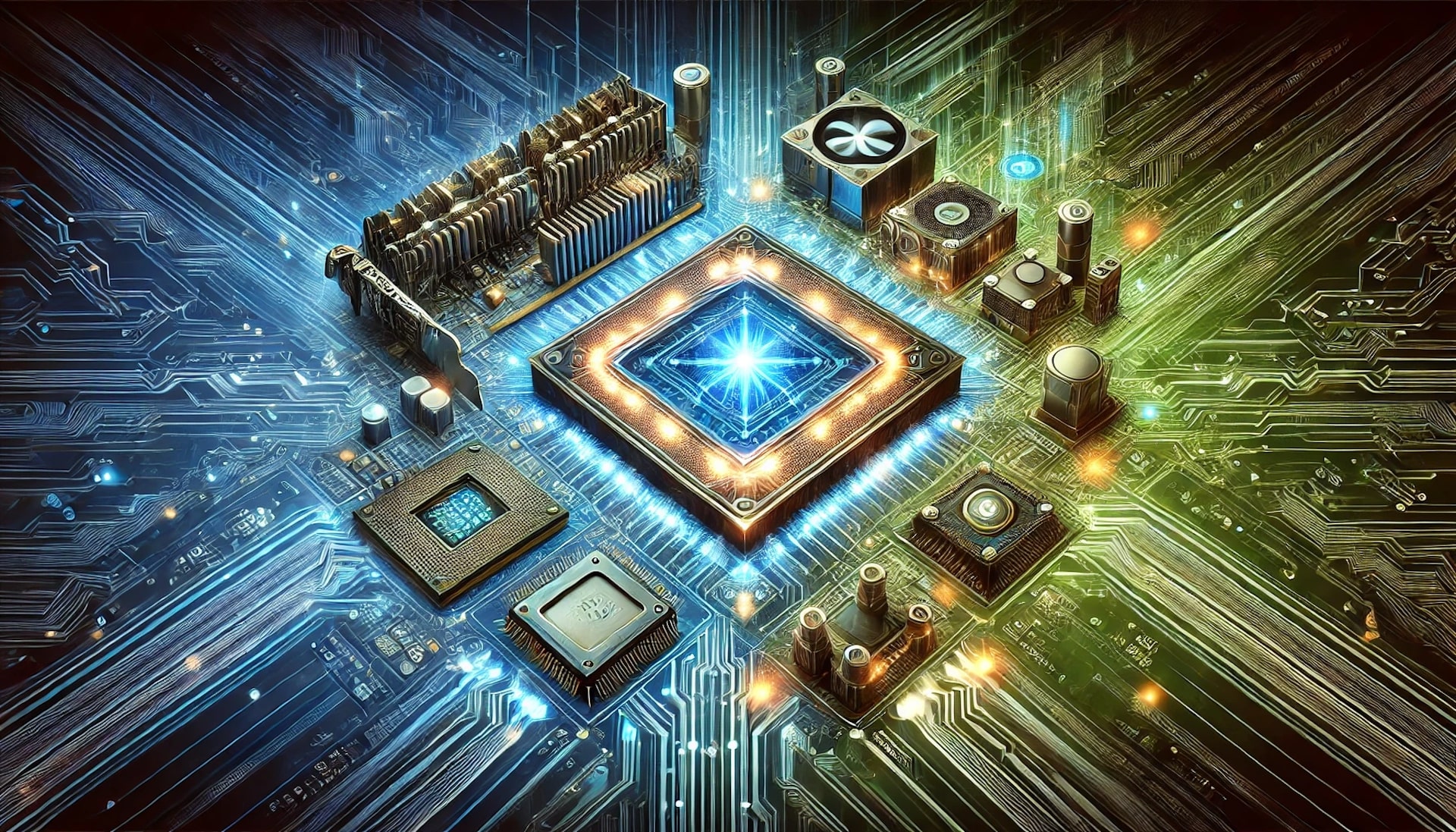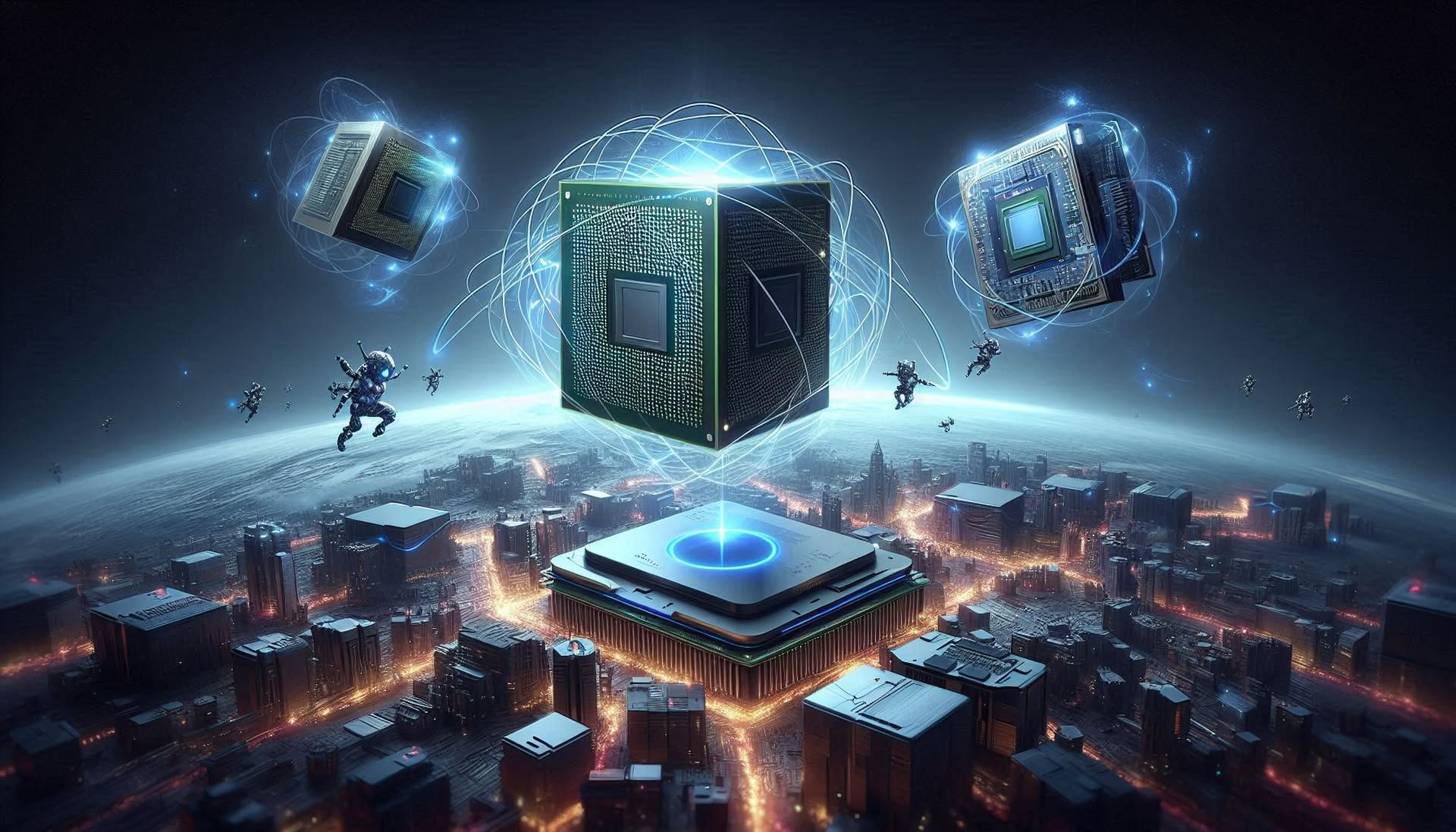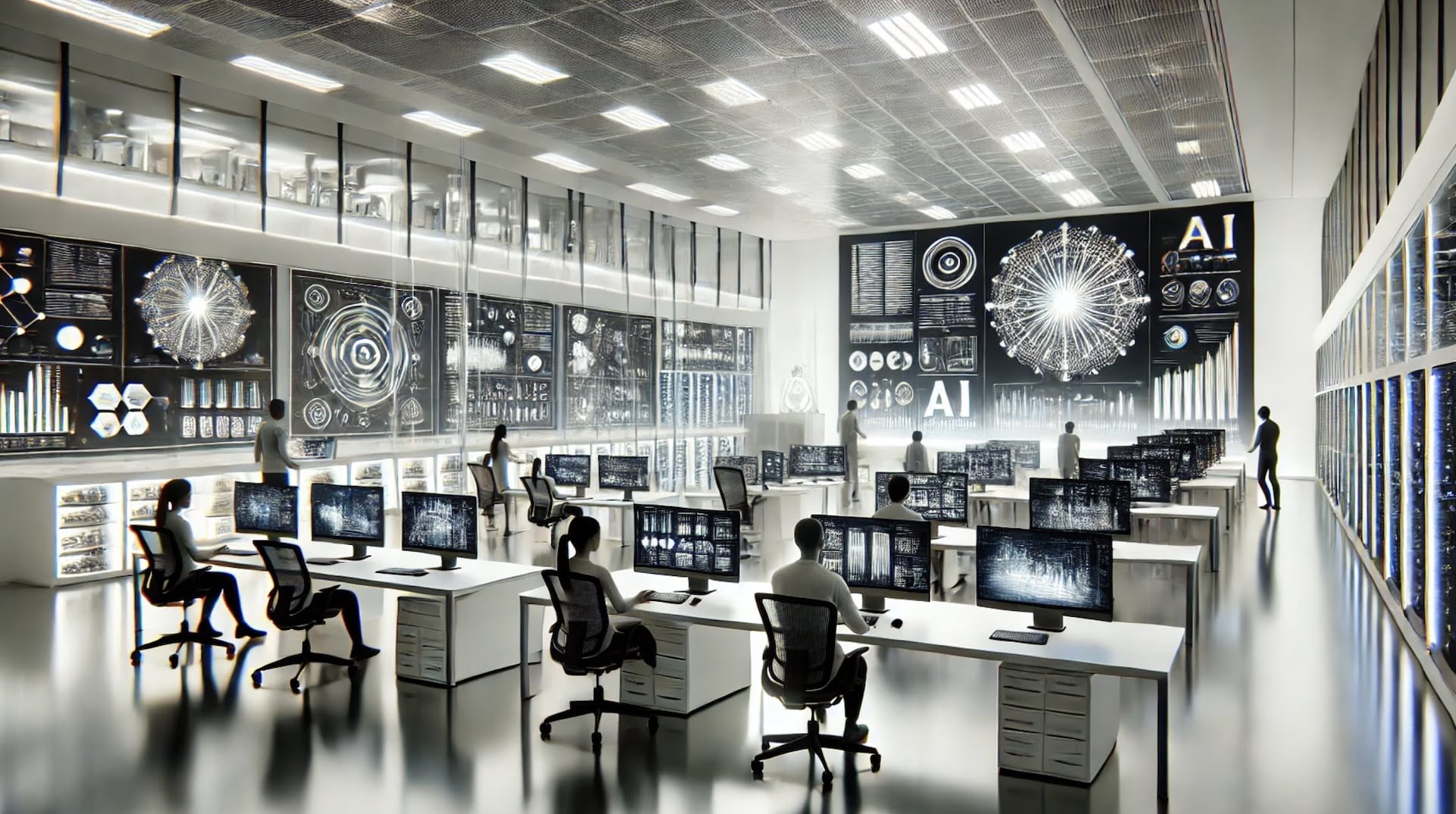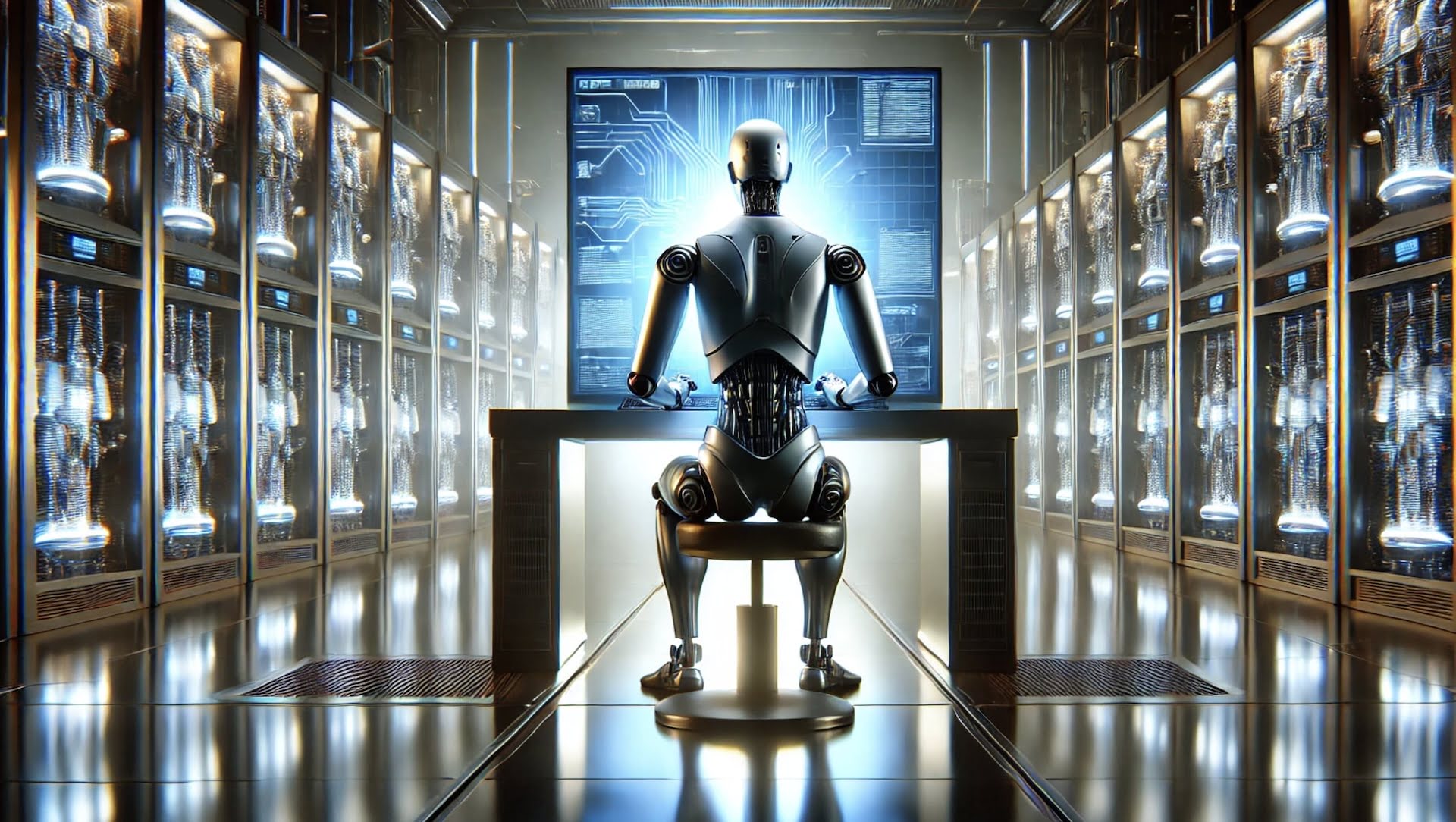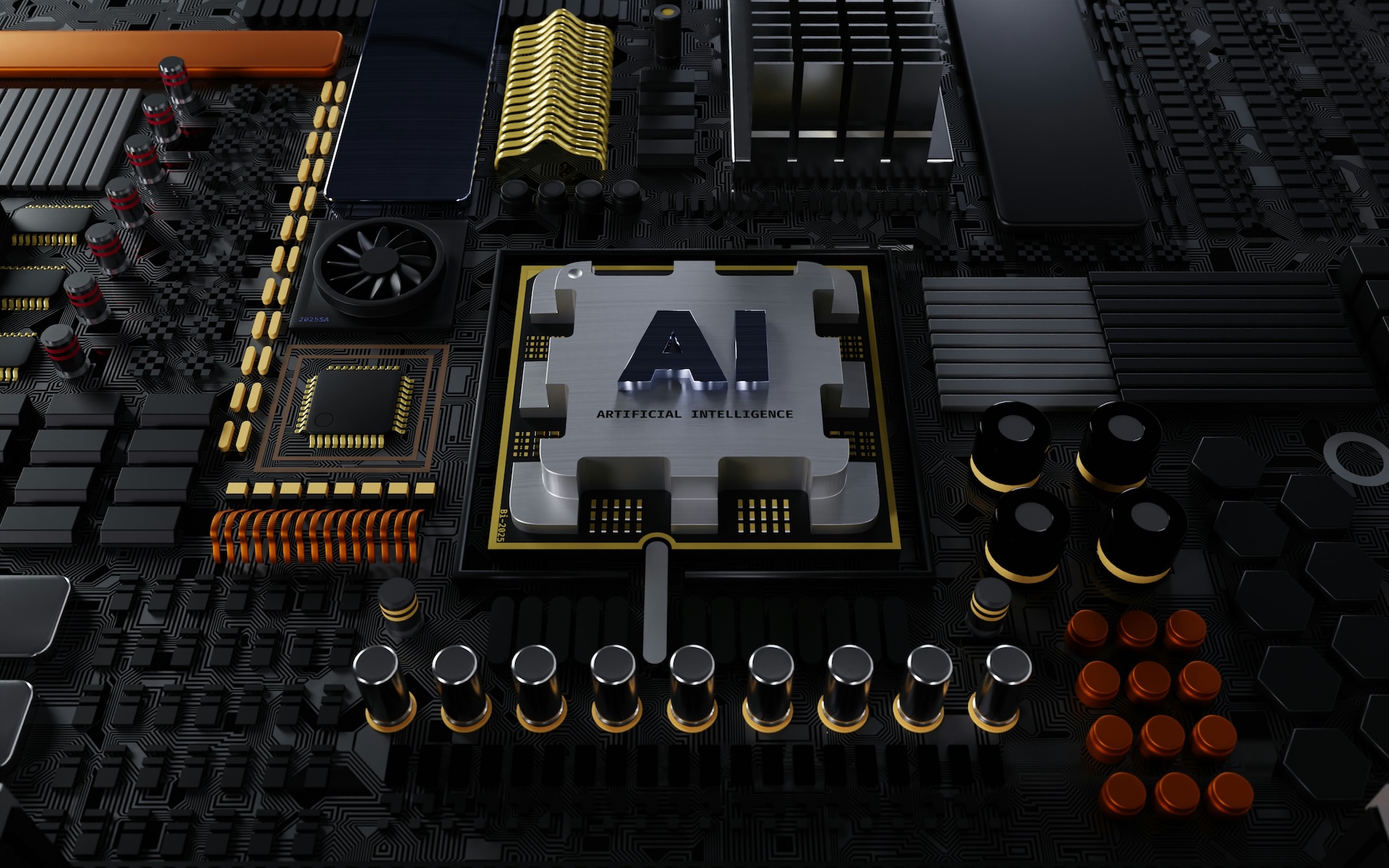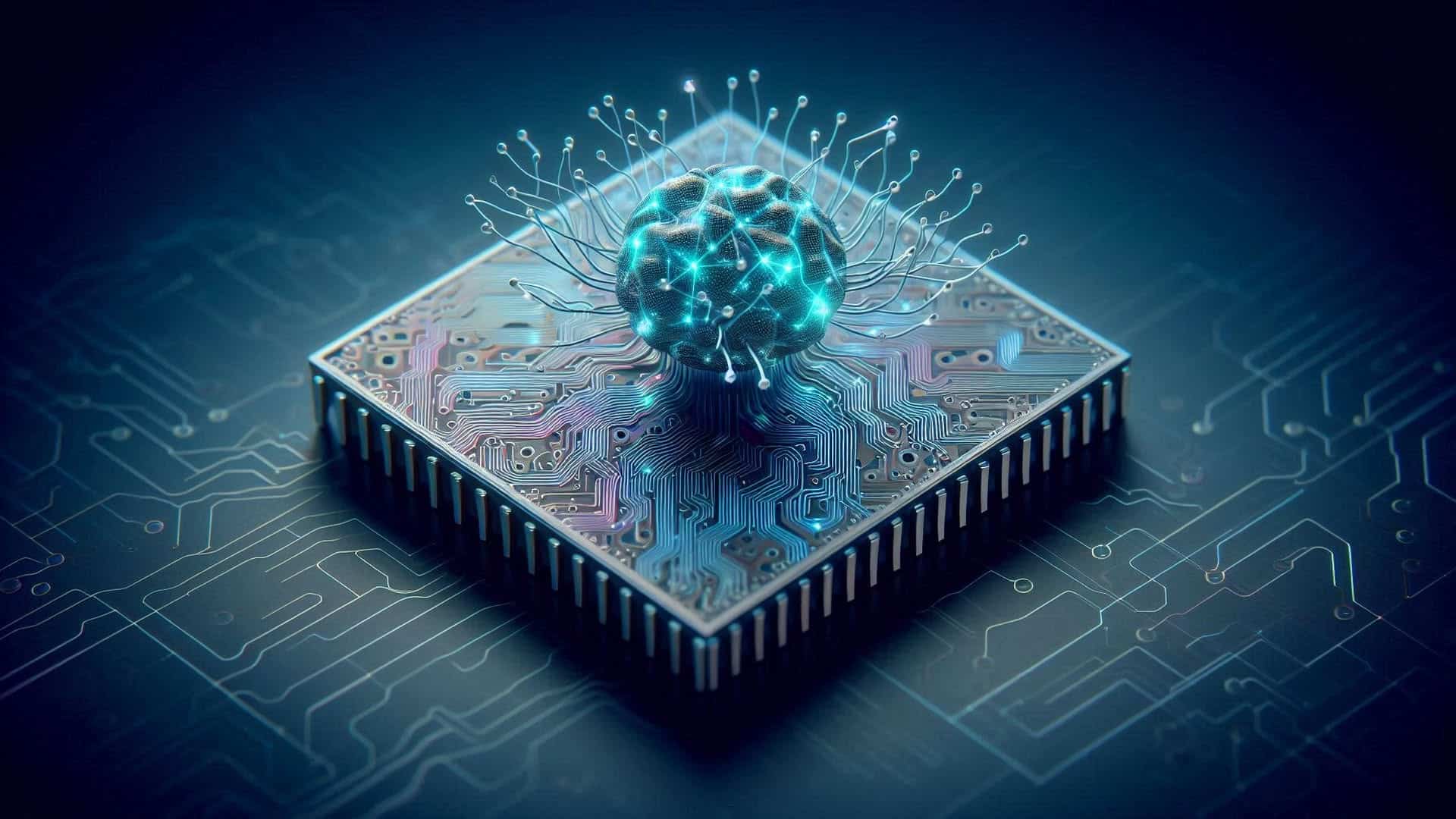What are AI chips, and why are they so important in today’s technology? These special microchips power the incredible advancements we see in Artificial Intelligence (AI), from self-driving cars to smart assistants like Siri and Alexa. Unlike regular chips in our phones or laptops, AI chips are designed to handle the massive amounts of data and complex tasks that make AI possible.
In this guide, we’ll explore what makes AI chips unique, how they work, and why they’re crucial for the future. We’ll also look at the different kinds of AI chips and discuss the challenges experts face in making them even better. Let’s dive in and see how these powerful AI hardware are shaping the technology of tomorrow!
What Are AI chips?
AI chips, short for artificial intelligence chips, are special types of computer microchips created to handle the complicated work involved in AI systems. Unlike regular computer chips found in most everyday devices, AI chips are specifically built to perform tasks like training machine learning models, analyzing huge amounts of data, and processing natural language (like when a computer understands and responds to human speech). These chips are becoming more crucial as AI technology advances and becomes an even bigger part of our world.
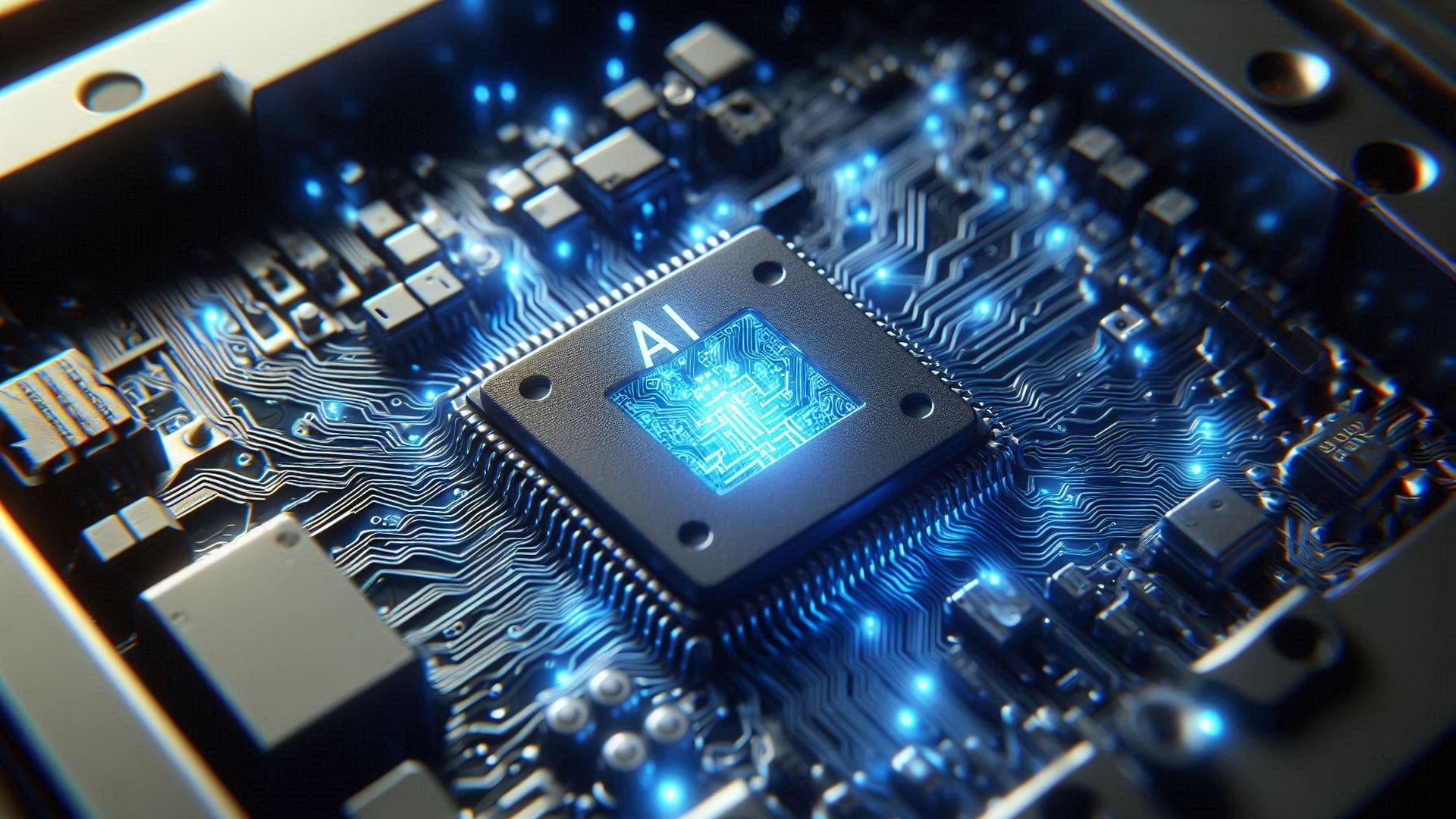
To understand AI chips, think of a regular chip, or microchip, as a small piece of material (usually silicon) containing millions or even billions of tiny electronic switches called transistors. These transistors can turn on and off very quickly, creating electrical signals that computers understand as ones and zeros. This simple mechanism is how computers perform their calculations and tasks.
What sets AI chips apart from regular chips is how they are designed to be much faster and more efficient at solving complex problems. AI chips are built to work better for the heavy-duty tasks needed by AI models, more specifically:
- Speed: AI chips use parallel processing, solving multiple calculations at once, which is crucial for data-heavy tasks like self-driving cars and real-time translations.
- Energy efficiency: Designed to consume less power, AI chips lower energy use in applications like data centers by using methods such as low-precision arithmetic.
- Customizability: Chips like FPGAs can be reprogrammed for different tasks, while ASICs are purpose-built for maximum efficiency in specific AI functions.
- AI optimization: They come with specialized software and hardware, simplifying AI development and enhancing performance.
AI chips are essential for running advanced AI systems efficiently, enabling various real-world applications. In autonomous vehicles, these chips process sensor data rapidly, allowing cars to recognize obstacles, traffic signals, and other surroundings in real-time for safe navigation. When it comes to large language models like those used in generative AI, AI chips provide the immense computing power needed to train these models quickly, handling millions of calculations simultaneously. In healthcare, AI chips speed up the analysis of complex data like medical images or patient records, supporting faster and more accurate diagnoses. Additionally, for edge AI in smart devices such as cameras and IoT sensors, AI chips allow immediate, local data processing, reducing delays and saving energy by not relying on cloud-based computation.
Curious about what makes AI so powerful? Start by asking, “What are AI chips?” that fuel these incredible technologies. For these purposes, there are different kinds of AI chips.
Types of AI chips
There are several kinds of AI chips, each designed for particular types of AI tasks:
- Graphics Processing Units (GPUs): GPUs were originally created to display graphics and images smoothly on screens. However, because they are great at doing many tasks in parallel, they have become essential for training AI models. Many AI systems use several GPUs together to increase their speed and performance. GPUs are commonly used for AI applications like image recognition and for running large AI models like ChatGPT.
- Field Programmable Gate Arrays (FPGAs): FPGAs are very flexible chips that can be customized for different jobs. They have a unique design made up of many small, adjustable sections. Unlike other chips that are permanently set for a specific use, FPGAs can be reprogrammed to handle new tasks. However, this also makes them more complicated to program and use. FPGAs are often used in specialized industries like finance or telecommunications, where the needs can change rapidly.
- Application-Specific Integrated Circuits (ASICs): ASICs are chips that are made to do just one job very well. Once built, they cannot be reprogrammed, but they are incredibly efficient and powerful for that one task. This makes them ideal for companies that need the fastest and most efficient chips for AI work. Google’s TPUs (Tensor Processing Units) are ASICs created specifically to speed up machine learning tasks in their data centers.
- Neural Processing Units (NPUs): NPUs are chips specifically designed for deep learning and neural networks, which are at the heart of many AI systems. They are incredibly good at handling the large amounts of data and complex calculations needed for tasks like recognizing images or understanding speech. NPUs are often used in smartphones to make features like voice recognition or image enhancement work faster, like NVIDIA H100.
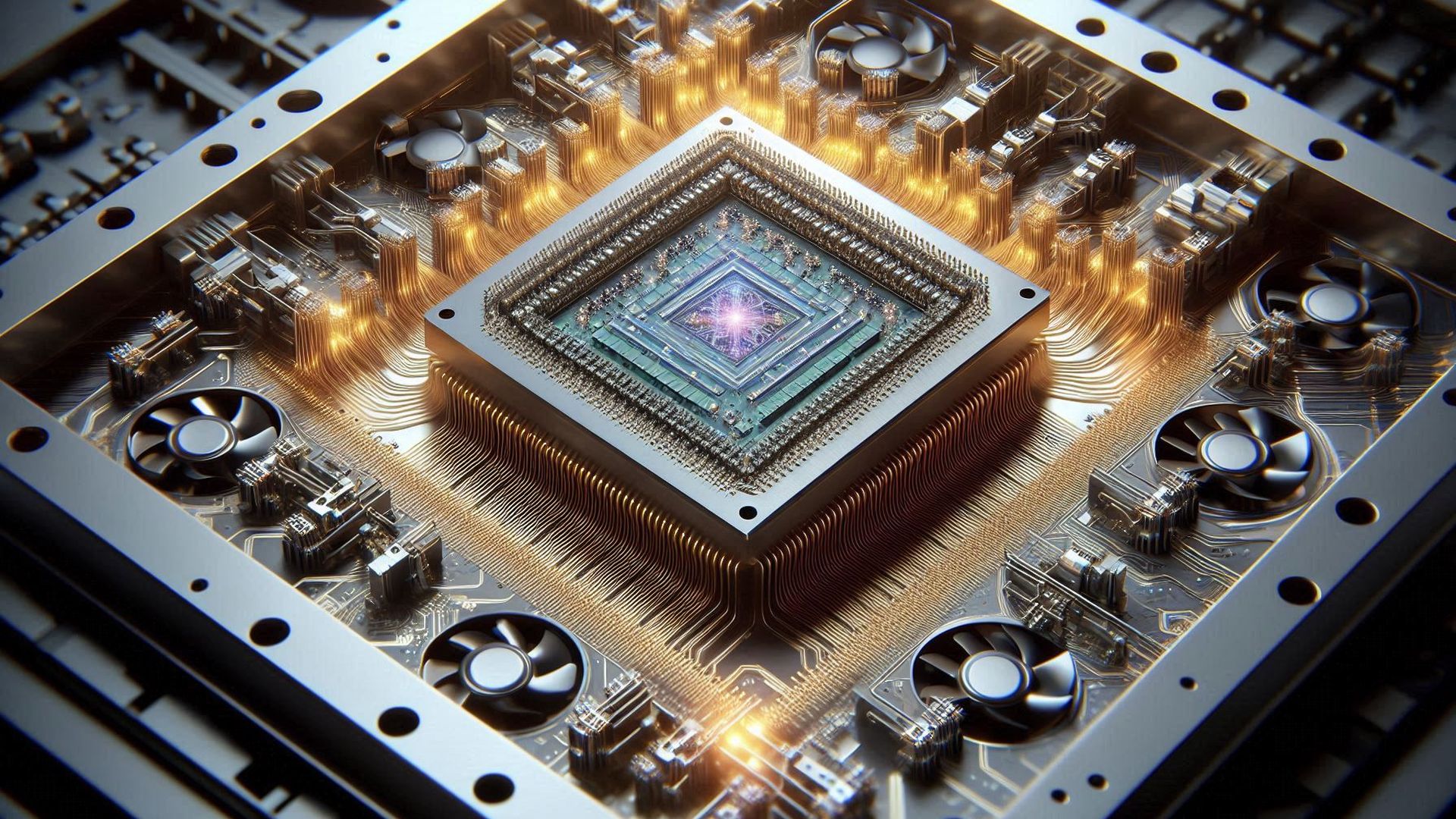
How are AI chips different?
Here’s how AI chips differ from regular computer chips:
| Feature | Regular Computer Chips (CPUs) | AI Chips |
| Design and purpose | Built for general tasks like running apps, managing files, and performing sequential commands. | Designed specifically for AI tasks, like analyzing massive data sets and training models. Use specialized techniques for handling multiple complex calculations simultaneously. |
| Processing method | Uses sequential processing, performing one task at a time, which can slow down complex operations. | Uses parallel processing, breaking big problems into smaller tasks and solving them all at once, greatly increasing speed and efficiency. |
| Efficiency | Not optimized for power savings, especially when dealing with heavy data loads. Can consume more energy for complex tasks. | Energy-efficient design, performing calculations using less power, making them suitable for data centers and devices that need to conserve battery life. |
Challenges facing AI chips
Although AI chips are quite successful, they are not perfect:
- Supply chain issues: Most of the world’s chips come from Taiwan, and any disruption in that supply chain—like geopolitical tensions—could affect global chip production.
- Keeping up with AI growth: As AI models get more powerful and require more processing, developing better AI chips fast enough is a challenge.
- Power requirements: As AI chips get more advanced, they also need more energy. Engineers are working on new ways to power these chips efficiently, but it remains a significant hurdle.
However, AI chips represent a critical innovation that has propelled artificial intelligence from theoretical research into practical, world-changing applications. Their unique ability to handle parallel processing, coupled with energy efficiency and high customizability, makes them indispensable for the future of technology. Now you know what are AI chips. As AI continues to evolve, the development of even more advanced AI chips will be essential to meet the growing demands of an increasingly automated and intelligent world.
Credit(s): All images are generated by Eray Eliaçık/Bing



